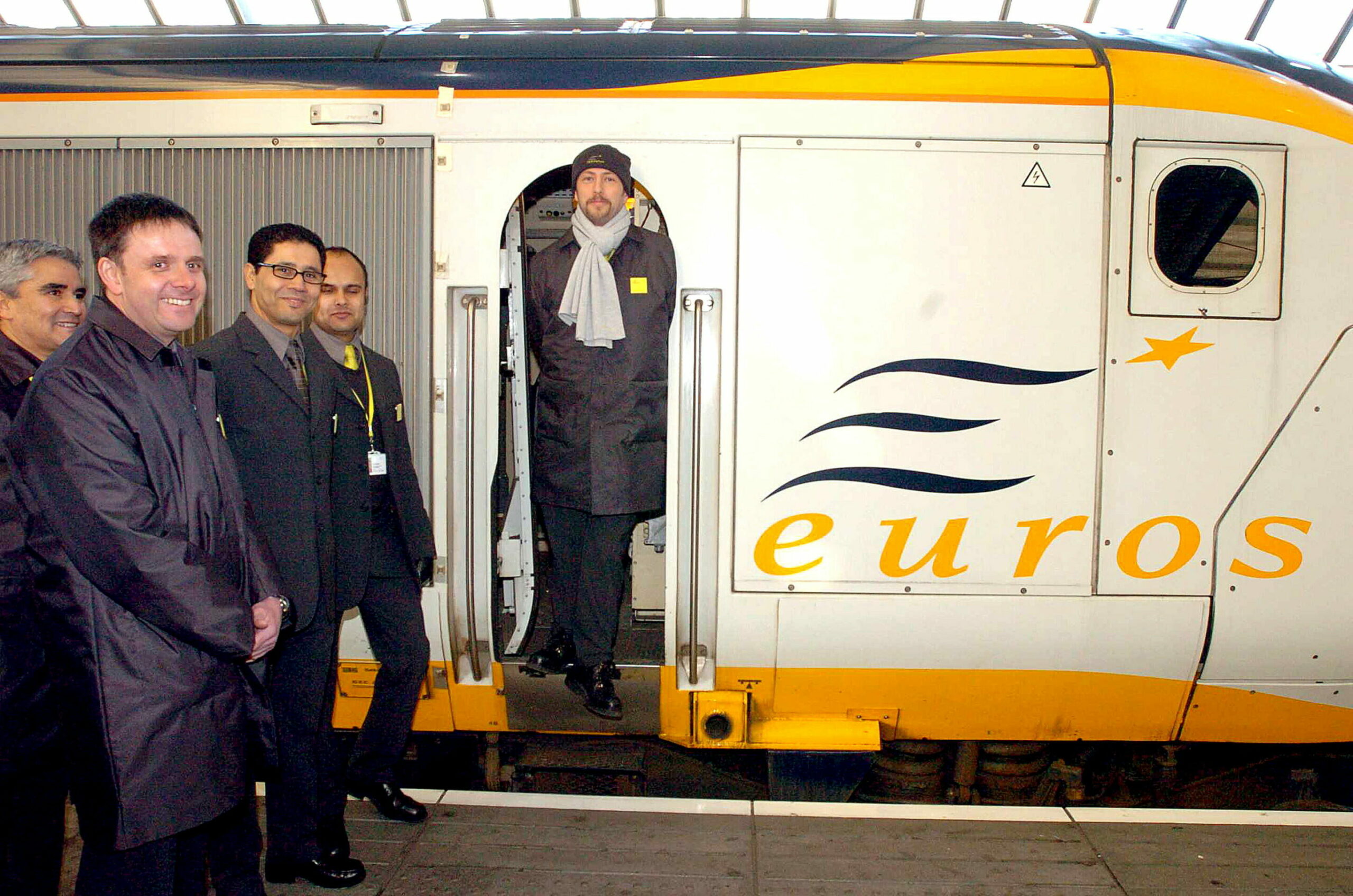Eurostar’s high-speed trains are celebrating their 30th anniversary on Thursday.
On 14 November 1994, Eurostar trains transported passengers for the first time through the Channel Tunnel between the UK and mainland Europe. Since then, they have carried over 380 million passengers.
After the Channel Tunnel’s completion in 1994, commercial services began between London and Paris and Brussels.
In three decades, Eurostar has become a major player in European rail transport. The company reported 18.6 million passengers in 2023, including former Thalys passengers after the merger. The network now covers five countries: Belgium, Germany, France, the Netherlands, and the UK.
Eurostar aims to reach 30 million passengers by 2030. The company announced earlier this year plans to order up to 50 new trains, expanding its fleet from 51 to 67 trains. The first new trains are expected in 2030. "Eurostar is exploring new routes from hubs like London and Brussels," the company added.

Eurostar workers, Thursday 26 February 2004. Credit: Belga / Herwig Vergult
Brussels is the centre of the Eurostar network, with key destinations like London, Paris, and Amsterdam less than two hours away. The trains are managed from an operational centre in Brussels, where the group’s headquarters are located.
Belgian rail company SNCB holds an 18.5% stake in Eurostar. The largest shareholder is France’s SNCF with 55.75%, with the remaining shares primarily owned by a Canadian pension fund and a US infrastructure investor.

